Fantini Cosmi ECCM42 Manual
Fantini Cosmi
Måling
ECCM42
| Mærke: | Fantini Cosmi |
| Kategori: | Måling |
| Model: | ECCM42 |
Har du brug for hjælp?
Hvis du har brug for hjælp til Fantini Cosmi ECCM42 stil et spørgsmål nedenfor, og andre brugere vil svare dig
Måling Fantini Cosmi Manualer
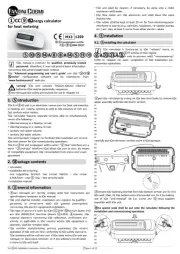
22 Juni 2025
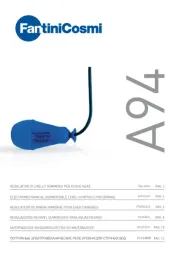
21 Juni 2025

21 Juni 2025
Måling Manualer
- Clare
- DriveTest
- Draper
- Hazet
- Topex
- Hama
- Panasonic
- CSL
- YSI
- Hikmicro
- Murideo
- Kopul
- Biltema
- Joy-It
- H-Tronic
Nyeste Måling Manualer

12 November 2025

12 November 2025

12 November 2025
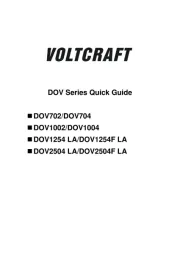
12 November 2025
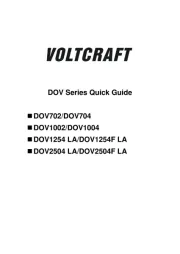
11 November 2025
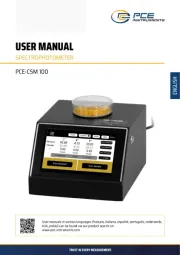
11 November 2025
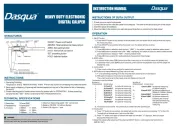
10 November 2025

9 November 2025
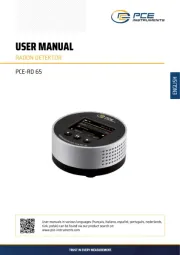
9 November 2025

8 November 2025
